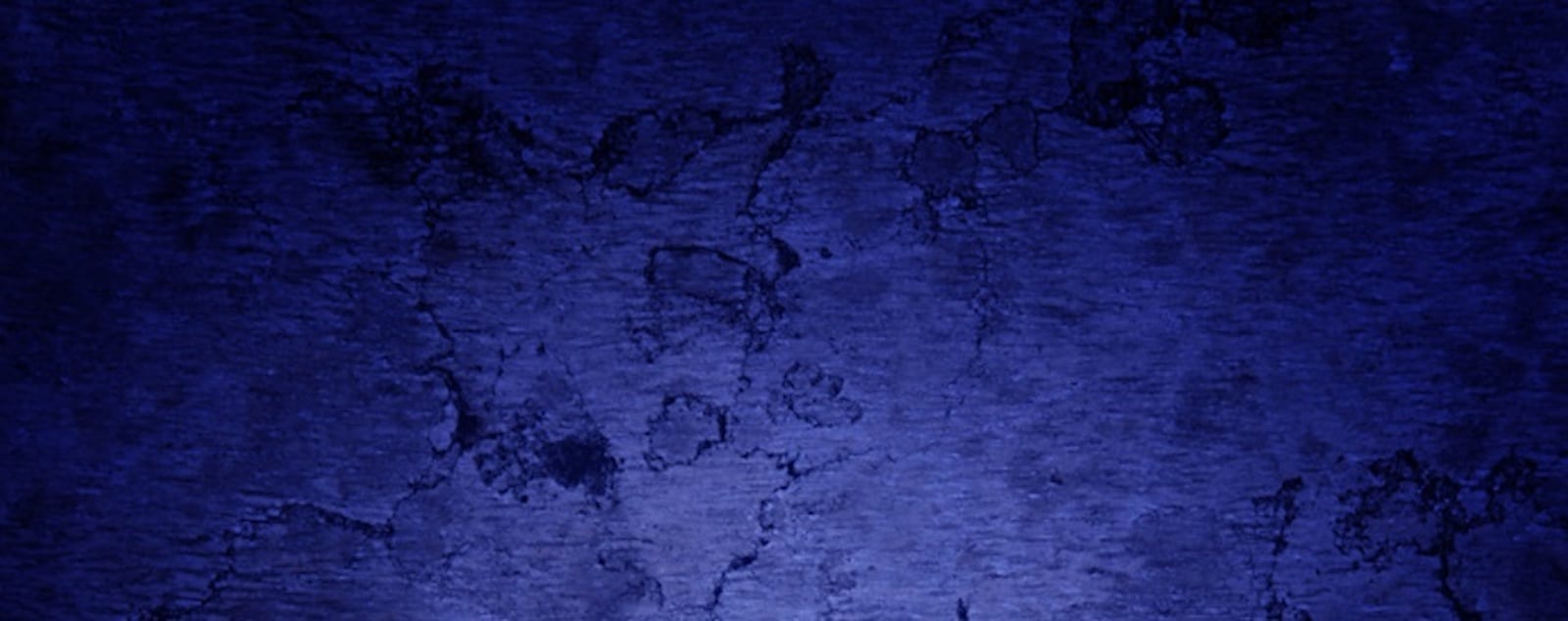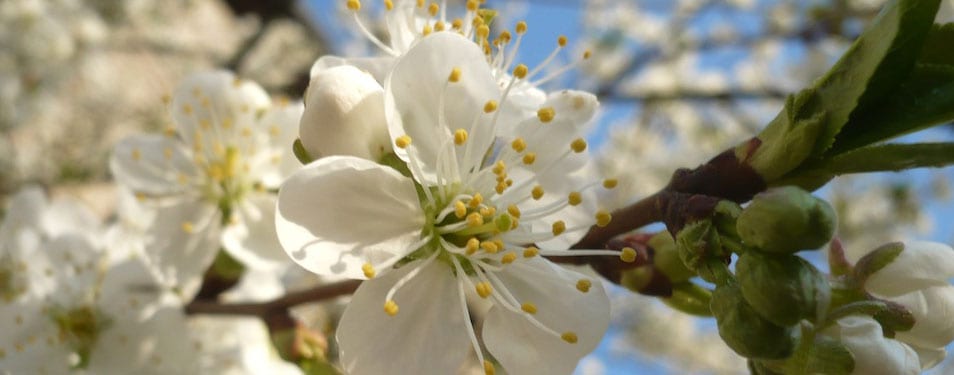Perceiving What Appears (Phenomenology)
What do you do when you love someone? Mr K. was asked. I make an image and make sure it resembles him. The image of your loved one? No, the loved one resembles my image of him. This is how Bert Brecht describes, in essence and by way of example, how my relationship with other people, with myself and with the world usually works. I have a concept, an idea, an ideal, a conviction, whatever it is – in any case, an image of others, of myself and of the world. This wouldn’t be so tragic if I weren’t determined to make my image prevail and even call it love.
There are many who suspect that this attitude is actually crazy, has little chance of success and will sooner or later make you ill. I share this suspicion, simply because I have never been able to make my image of the world, of other people, or even of myself, prevail. I feel better when I allow the counter-movement: the world shapes me, the otherness of others shapes me, my being shapes me. I do not shape. I let myself be shaped, I submit, so to speak. To life itself. The prospects of success are good, the results can be described as growth, blossoming and harvest, and it is also extremely beneficial to my health and well-being.
This is where looking comes in, ‘looking at what is’. This motto of my work just came to me as an irrefutable idea. As far as I can see, it has perhaps three levels. On the one hand, we look at the situation you bring to us, just as it is. We don’t analyse anything (that would be imposing a concept on it), we just let it come to us and have an effect on us. To look in this sense is to allow what you see to affect you without doing anything with it.
Then, on the second level, something strange and wonderful can happen: the situation we are looking at begins to look back at us. We go from being the ones looking to being looked at. The situation unfolds its effect. We do not shape it, but it shapes us if we allow it to. This second step of looking requires a little courage, because we do not know in advance what the situation will do to us. If we allow ourselves to look long enough, the situation, the problem, whatever it is, will release the information it contains.
Now the third level of seeing begins. What we were before and what the situation is making us become come together. The previously hidden content of the situation comes to us and takes its place. This can feel like fire and water, but sometimes it can feel like a gentle flow or deep peace. In a way, ‘looking at what is’ is already the solution to what is.
Unintentional looking passes through these three levels of its own accord. It changes us profoundly as new truths emerge from the situation and are allowed to affect us.




